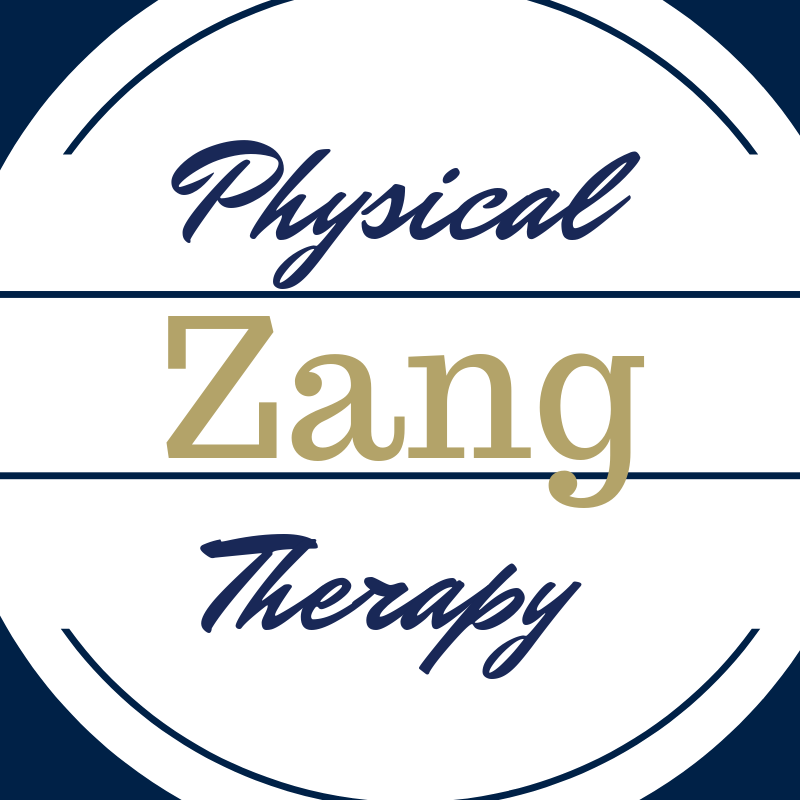When beginning a new exercise program (especially if you are “newer” to exercise) it is important to take it slow. Beginning a new type of exercise by jumping in with max effort is not wise. By going 0-100 right away, people put their body at risk for injury.
Why you might ask?
Well, because in many (most) instances the body needs some time to adapt to a new exercise routine. This is especially true as a person ages. This is not to say a person in their 50’s, 60’s or even 70’s cannot or should not exercise, quite the contrary. What this does mean is their body will need more time to adjust to the exercise than say someone in their 20’s. The person in their 20’s will have a whole different set of issues to contend with.
For that person above say 40 years of age, exercise is actually very important. It helps maintain cardiovascular fitness, improve or at least maintain ones balance, and keep your bones strong just to name a few of the benefits. Too often individuals do not think about their balance or bone strength until it is too late. The time to address these issues is when you are younger. In truth, bone density peaks in the mid to late 20’s and balance in the teens (use it or lose it).
THE GOOD NEWS IS, physical activity and exercise can remedy quite a lot. Data is emerging showing a sedentary lifestyle is dramatically impacting mobility in older adults. If you want to remain active as you age, time to start exercising.
 Now back to the main topic…(why not 0-100)? One, often people do not like muscle the muscle soreness that happens when starting a new routine. By going slowly, one can reduce this response. Two, muscle strains are more likely to occur as a person strains to do a new activity they are not used to. Conditioned muscles are more tolerant of stress. An unconditioned body is more likely to become injured. Three, the goal is to enjoy the exercise but if a person is hurt they will be more likely to return to their sedentary ways.
Now back to the main topic…(why not 0-100)? One, often people do not like muscle the muscle soreness that happens when starting a new routine. By going slowly, one can reduce this response. Two, muscle strains are more likely to occur as a person strains to do a new activity they are not used to. Conditioned muscles are more tolerant of stress. An unconditioned body is more likely to become injured. Three, the goal is to enjoy the exercise but if a person is hurt they will be more likely to return to their sedentary ways.
If the goal is to finally have success with your exercise program then slow and steady will win the race.
